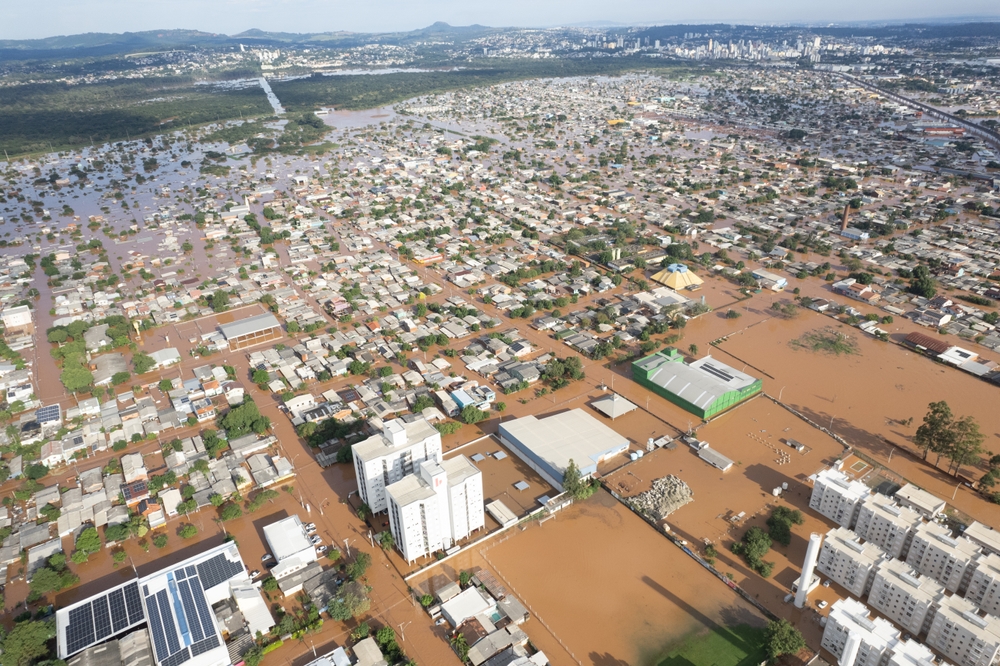Manufacturing in Asia: the Past, the Present, and the Future

June 14,2019,Philippines—The agricultural sector is key to the early economic development of any country. However, it is necessary to expand and give focus to other sectors as well to keep the economy moving forward. In fact, there are three main sectors comprising an economy. The first ones are the industries of raw material extraction such as agriculture and mining, followed by manufacturing, and then finally, the service industry.
After shaping a robust agricultural sector, next is the shift to manufacturing. If timed well, it usually brings transformation and improvements in all aspects of society including education which raises the country’s status globally, especially now that manufacturing is more connected than ever.
Asia, in particular, prospered with the rise of global manufacturing in the region after the Second World War. Although currently on its lowest state since its emergence, experts see a slow but steady to slightly stronger growth in the future. Here is a look at the glorious past, the declining present, and the rising future of manufacturing in Asia.
Past: the Asian Miracle
The industrial development in Asia since the end of World War II has been truly remarkable. Japan, in particular, saw the first spectacular industrial growth in the continent after the war and emerged as a global manufacturing superpower while rebuilding the country’s lost industrial capacity. Japan’s development was then followed by the takeoff of Four Tigers—Hong Kong, South Korea, Singapore, and Taiwan—in the 1960s. This period of strong economic expansion was known as the “Asian Miracle.” Other Southeast Asian countries such as Malaysia, Philippines, Indonesia, and Thailand then joined the Asian manufacturing revolution in the 1980s, while China gained momentum during this time before joining the World Trade Organization in the early 2000s and becoming a major driving force of the Asian economy.
Aside from the individual efforts of Asian countries to rebuild their economies after the Second World War and the emergence of new manufacturing markets in the region, the Asian Miracle came to life mostly due to the model of “supply from the East, consume in the West.” With cheaper and abundant labor, Asia became a manufacturing hub for the United States and eurozone economies who were looking for solutions to the inflating manufacturing cost. A win-win situation, western manufacturing companies were able to maximize their resources at a lesser cost while alleviating poverty by providing labor to millions of Asians.
Present: declining competitiveness
East Asian and Southeast Asian nations generally rely on manufacturing and trade for their economic growth, making the global manufacturing sector in those regions the strongest not only in Asia but also worldwide. In fact, Deloitte in its 2016 Global Manufacturing Competitive Index showed that half of the top 10 most competitive manufacturing economies in 2016—China, Japan, South Korea, Taiwan, and Singapore—were Asian.
That said, those top countries with the exception of Singapore posted dismal figures on November 2018 according to a Forbes article from that year. The Purchasing Managers’ Index (PMI) of 50 and above indicates growth. However, Japan’s PMI for manufacturing barely stayed afloat recording a two-year low of 51.8, while China did worse having only 50.2. South Korea dropped at its fastest rate in over five years to 48.6, while Taiwan hit a three-year low of 48.4. It is believed that the ongoing China-U.S. trade war is hurting export-oriented manufacturing countries which is prevalent in Asia and is affecting the rest of the global manufacturing industry as well.
Future: From 2020 onwards
Although resolution in the trade dispute between the U.S. and China still seems uncertain, Business World reports just this May 2019 that US Treasury Secretary Steven Mnuchin shared that the two countries recently completed “productive” talks. Additionally, the same Deloitte Global Manufacturing Competitive Index mentioned above sees five Asian countries namely Malaysia, India, Thailand, Indonesia, and Vietnam, also called as Mighty 5 or MITI-V, to become global manufacturing powerhouses and among 15 most competitive manufacturing countries in the world by next year.
The future of manufacturing engineering is backed with the unlimited possibilities brought by technological advancements that there will surely be more changes, challenges, and improvements in global manufacturing. One thing is for sure, and that is manufacturing will remain as a significant economic driver in Asia in the near future.
Other Blog



